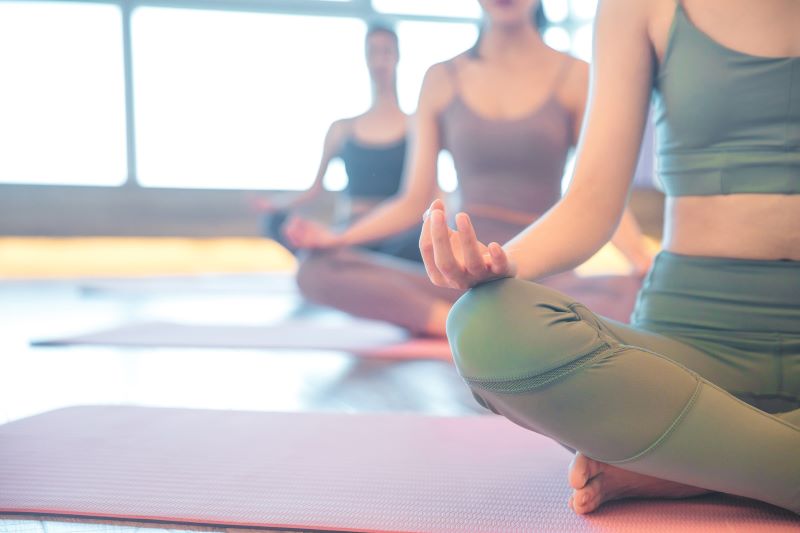Introduction
Antimicrobial mats play an integral part in maintaining environmental sanitation by inhibiting harmful microorganism growth and controlling outbreaks. In this article we’ll take an in-depth look into their production; specifically highlighting AntibacMax antimicrobial agent as its cornerstone ingredient.
What is antimicrobial mat?
Antimicrobial mats are types of matting designed with features to inhibit bacteria, fungi and other microorganism growth in order to increase cleanliness and hygiene. Antimicrobial mat materials may include rubber, polyvinyl chloride (PVC), or synthetic materials formulated to incorporate antimicrobial agents during manufacturing processes and disrupt microorganism’s cell functions to stop their proliferation and prevent its further spread.
Antimicrobial mats have many different applications; from residential settings and commercial settings, to hospitals, laboratories, and food preparation areas requiring high levels of sanitation. Furthermore, antimicrobial pet mats, yoga mats, bathroom mats etc can all contribute to creating cleaner environments which promote overall healthier environments.
How is antimicrobial mat made?
Material Selection: When creating antimicrobial mat, material selection is of key importance. You could opt for rubber, PVC or another synthetic material known for durability and ease of cleaning such as vinyl.
Incorporation of Antimicrobial Agents: Once material selection has been finalised, antimicrobial agents must be added directly into it during manufacturing for even distribution across all the mat. The antimicrobials can even be mixed directly with material prior to assembly if possible for maximum efficacy.
Molding or Cutting: Once treated with antimicrobial agent, material is then formed or cut to achieve the desired shape and size of mat. This may involve heat treatment or pressure treating the material until its desired form has been obtained.
Quality Control: For antimicrobial mats, quality control testing occurs throughout their production. This testing not only includes basic structural tests but also efficacy checks to verify if antimicrobial properties of the mat are effective against infection.Once mats pass all required quality control and efficacy tests, they are packaged for distribution.
This process may vary depending on the type of antimicrobial mat and individual customer requirements, with an aim of creating an antimicrobial mat that not only meets functional needs like comfort and durability but also effectively inhibits bacteria growth and other microbes.
Antimicrobial agent——the key in antimicrobial mat
Antimicrobial agents are key in making any mat antimicrobial. These specially-formulated substances inhibit or destroy harmful microbes like bacteria and fungi, thus stopping their spread and growth. These agents, when added during manufacturing processes, enhance mats with long-lasting antimicrobial characteristics that make them suitable for environments in which hygiene is key. Antimicrobial agents offer customizable solutions tailored specifically for individual requirements, making them applicable in settings from homes to more demanding commercial and institutional locations. Thus, antimicrobials play a central role in both manufacturing and function of antimicrobial mats by actively contributing to improved hygiene and health safety.
How to test the antimicrobial effect in mat
Laboratory tests can be conducted to asses the antimicrobial effectiveness of mats. These typically consist of intentionally applying different species of microorganisms onto the mat and monitoring their growth over a certain period. A decrease in concentration compared with controls indicates effectiveness; to ensure reliable results ISO22196 standards should always be employed during these examinations for plastic mats.
AntibacMax antimicrobial agent
AntibacMax antimicrobial agent, developed through cutting-edge technology, has earned widespread renown for its efficacy at inhibiting microbial growth. Targeting bacteria, fungi, molds and even certain viruses it targets a broad array of microorganisms for targeted action. AntibacMax’s unique characteristic lies in its ability to adhere to product materials at a molecular level and offer long-lasting antimicrobial protection, unlike conventional agents which lose strength over time. AntibacMax continues to perform strongly for as long as that product exists! AntibacMax has proven itself safe for both humans and the environment, making it an attractive solution for high contact surfaces such as antimicrobial mats – providing these products with additional layers of defense by continuously decreasing transmission risk and cross-contamination risk. According to SGS reports, products added with AntibacMax reach 99.9% antimicrobial rate.
Conclusion
Antimicrobial mats are indispensable tools in maintaining clean and safe surroundings. Their manufacturing involves incorperating antimicrobial agents such as AntibacMax into materials to achieve the desired antimicrobial effect, with customers customizing mats to their individual needs ranging from residential use all the way through commercial/institutional settings. Furthermore, stringent laboratory tests must be run regularly in order to test how effectively antimicrobial mats perform; AntibacMax’s presence significantly boosts functionality by decreasing cross-contamination risks and protecting customers against cross contamination risks.


-300x210.jpg)
